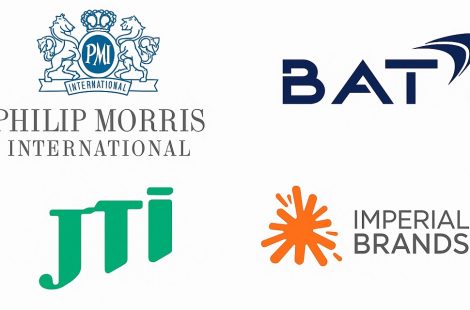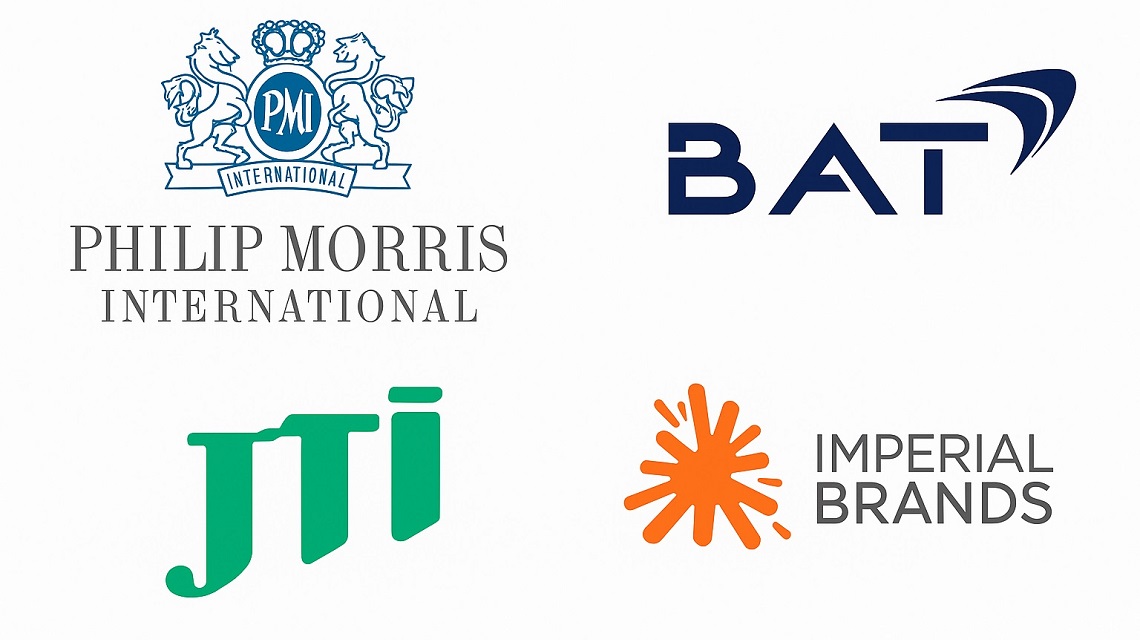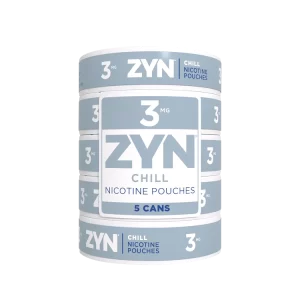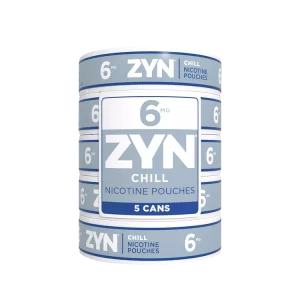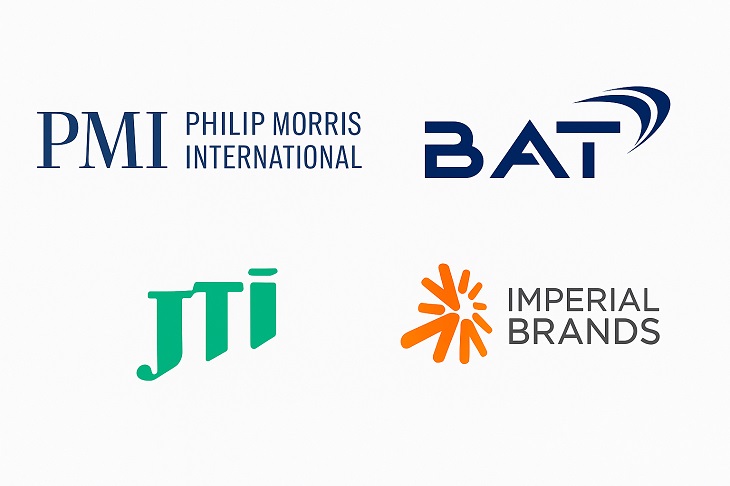
In recent years, the global tobacco industry has undergone structural transformation, with the four leading international tobacco giants—Philip Morris International (PMI), British American Tobacco (BAT), Imperial Brands, and Japan Tobacco (JT)—accelerating their shift toward next-generation products. In 2024, these companies adopted differentiated product strategies and market expansion approaches, showcasing varying growth trajectories across heated tobacco (HNB), e-vapor, and nicotine pouch segments.
- PMI: Multi-Category Synergy Drives Smokeless Business Surge
As a leader in next-generation tobacco, PMI made significant strides in 2024 across three key categories: heated tobacco, e-vapor, and nicotine pouches. Its flagship brand, IQOS, reached 32.2 million users, a net increase of 3.4 million from 2023, with 72% of users fully transitioning to smokeless products. In Japan, IQOS propelled smokeless products to account for 47% of total industry sales, capturing over 50% HNB market share in five prefectures and ten major cities. To broaden market penetration, PMI launched licensed budget products Fiit and Miix, driving substantial shipment growth.
The e-vapor brand VEEV ranked among the top three in 13 European markets, leading in five countries, including Italy and Romania, serving as a key complement to IQOS users exploring multi-category consumption. Meanwhile, the nicotine pouch brand ZYN achieved a 25% year-on-year growth with 31.74 billion pouches shipped. Backed by its FDA-authorized “reduced-risk” label, ZYN became a growth engine in the U.S., expanding to 37 markets.
Financially, PMI’s smokeless revenue accounted for 39% of total sales in 2024, with over 50% smokeless revenue share in 23 markets. IQOS and ZYN collectively drove a 9.8% increase in adjusted net revenue and a 14.9% rise in operating profit.
- BAT: Nicotine Pouches Defy Market Pressures While E-Vapor Struggles
Despite maintaining a 40% value share in the global closed-system e-vapor market, BAT’s Vuse saw a 5.1% revenue decline to £1.721 billion due to the proliferation of illicit disposable vapes in the U.S. and flavor bans in Quebec, Canada. Heated tobacco brand Glo’s revenue dropped 7.6% after exiting Russia, though its new HyperPro and veo platforms expanded to 29 markets, aiming to revive competitiveness through innovations like HeatBoost technology.
Nicotine pouch brand Velo emerged as a standout, with revenue surging 54.2% and consumer base reaching 7.4 million (up 3.6 million YoY). In the U.S., Velo’s rebranding and the Grizzly Modern Oral line fueled a sales boom, with annual modern oral product shipments hitting 8.3 billion pouches (+55% YoY), solidifying its position as BAT’s core growth driver in next-gen tobacco.
- Imperial Brands: Regional Breakthroughs with Dual Focus on HNB and E-Vapor
Imperial Brands differentiated itself in Central and Eastern Europe with its Pulze HNB brand, where the 2.0 device and iSenzia tea-based sticks gained traction in the Czech Republic and Poland. E-vapor brand Blu excelled in Europe with its 1,000-puff disposable devices and rechargeable kits, becoming a co-leader in retail value in Spain and performing strongly in the UK and France. In Germany, blubar, launched in 2023, continued to grow market share.
For nicotine pouches, Skruf expanded its flavor portfolio in Norway, while Zone debuted in February 2024 across 12 U.S. metros with 14 flavors, showing strong early repurchase rates and retail feedback as a key driver of NGP (next-generation product) revenue growth.
- Japan Tobacco: Steady Domestic Expansion, Accelerated Global Push
JT’s Ploom HNB products deepened penetration in Japan, capturing a 12.6% HTS (heated tobacco system) market share in Q4 2024, with annual sales up 33%, lifting overall RRP (reduced-risk product) share to 13.9%. Internationally, Ploom HTS shipments nearly tripled, with plans for increased 2025–2027 investments to achieve profitability in RRP within three years.
Nicotine pouch brand Nordic Spirit, alongside Ploom, fueled RRP growth in the UK, where HTS segment share rose to 4.6% despite a 17.4% combustible tobacco decline due to excise hikes. However, e-vapor brand Logic remained stagnant amid limited flavors and regulatory pressures.
Conclusion
Across the four giants, heated tobacco and nicotine pouches—bolstered by policy tailwinds (e.g., FDA’s reduced-risk approval for ZYN)—emerged as primary growth drivers, while e-vapor growth slowed due to flavor bans and youth access restrictions. For instance, Quebec’s flavor curbs triggered a 32% plunge in Vuse sales, underscoring regulation’s direct market impact.
Technologically, PMI’s multi-category synergy, BAT’s HeatBoost, and Imperial’s tea-based sticks reflect strategies to combat homogenization. Nicotine pouches, with their portability and low regulatory risk, have become a key tool for capturing emerging markets.
As global tobacco control tightens, competition will increasingly hinge on regulatory compliance, harm reduction science, and localized execution. The strategic moves of these giants not only signal industry transformation but also create new opportunities for upstream and downstream supply chains (e.g., materials, chips, manufacturing).



